

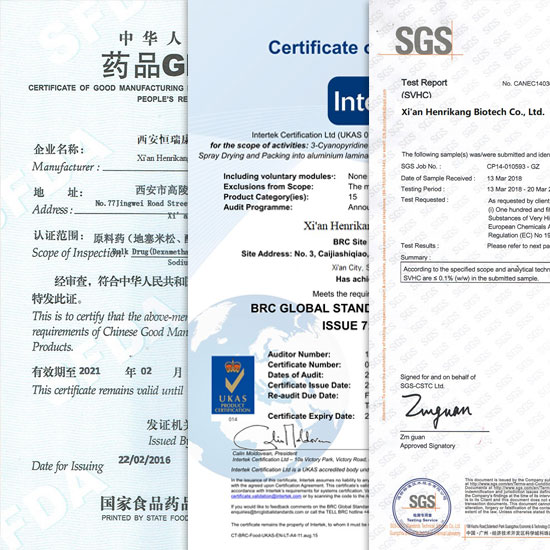



Related Attributes
Product details
D-Pantothenic acid is converted to coenzyme A (CoA) or acyl carrier protein (ACP) in vivo to participate in fatty acid metabolic reactions.CoA is a cofactor for more than 70 enzymes in living organisms (about 4% of the total amount of enzymes), and is also required by bacteria to construct cell walls.
In metabolism CoA mainly functions as an acyl carrier and participates in sugar, fat, protein and energy metabolism, and can also affect the localization, stability and activity of proteins by modifying them.
CoA provides 90% of the energy for organisms. Pantothenic acid is essential for the synthesis of steroids from fatty acids; it can also be involved in the synthesis of steroidal violet, melatonin and ferrous hemoglobin; it is also an intermediate necessary for the metabolism of the body's citric acid cycle, choline acetylation, and the synthesis of antibodies.
Therefore, D-Pantothenic acid can act on normal epithelial organs such as nerves, adrenal glands, digestive tract and skin to improve the resistance of animals to pathogens.

Uses of Pantothenic Acid powder.
D-Pantothenic Acid, also known as Vitamin B5, is an important nutrient whose main roles include the production of antibodies, the maintenance of hair, skin and blood health, the control of fat metabolism, the aid in cell formation and the maintenance of normal development, and the maintenance of normal adrenal gland function. In addition, D-pantothenic acid is used in the pharmaceutical, food and feed additive industries as a component of coenzyme A, which is involved in the metabolism of carbohydrates, fats and proteins.

In vitro studies of Pantothenic Acid powder.
Product Method of Bulk Pantothenic Acid powder.
Since pantothenic acid is highly hygroscopic and difficult to crystallize, it is usually made into calcium and sodium salts.D-pantothenic acid is also naturally occurring and physiologically active, and is formed by the aldol condensation of isobutyraldehyde and formaldehyde in the presence of potassium carbonate, followed by cyanation and lactonization to dl-pantothenolactone, which is then reacted with calcium aminopropionate.
WHY CHOOES US?
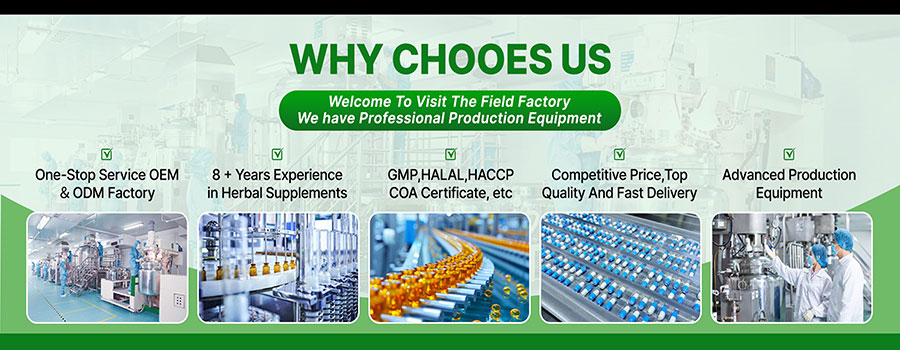
OUR CERTIFICATE
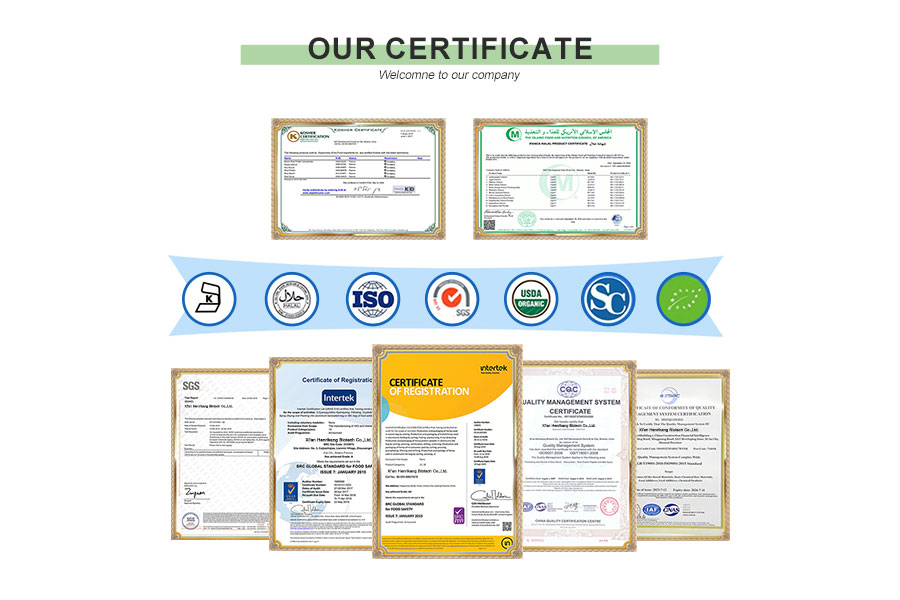
CUSTOM PROCESS
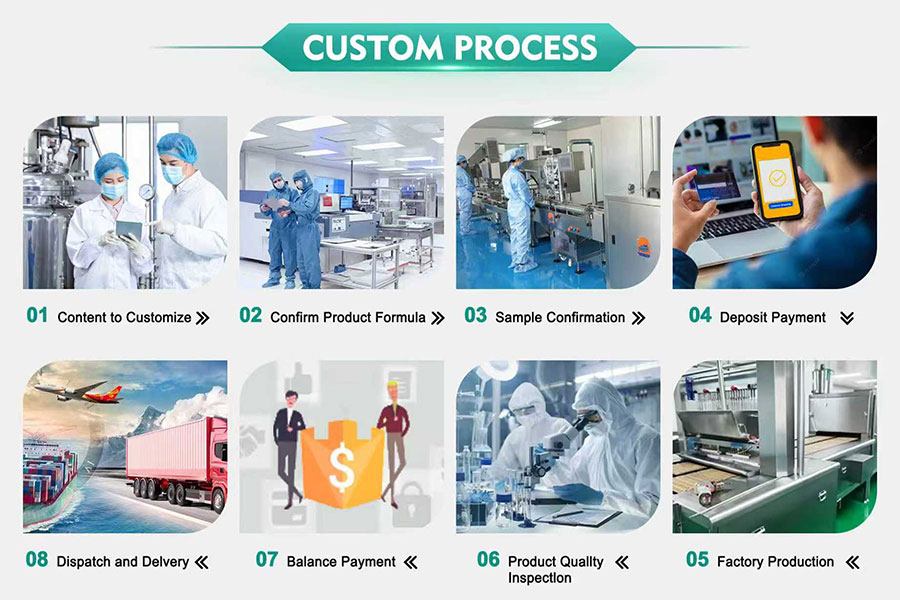
OUR PACKAGE
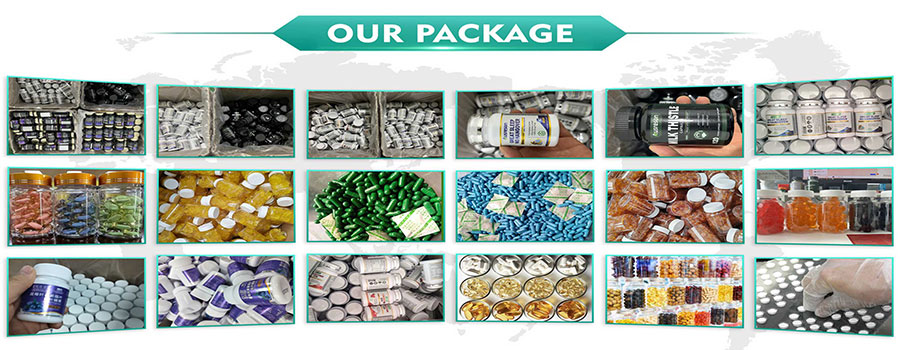
OUR EXHIBITION

OUR FACTORY
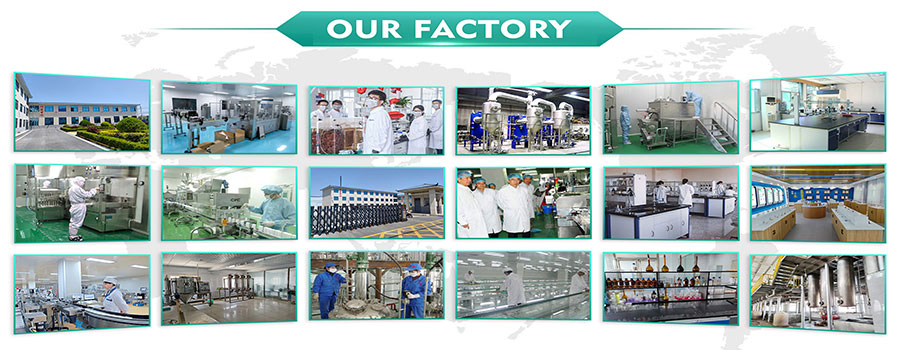
Shipping
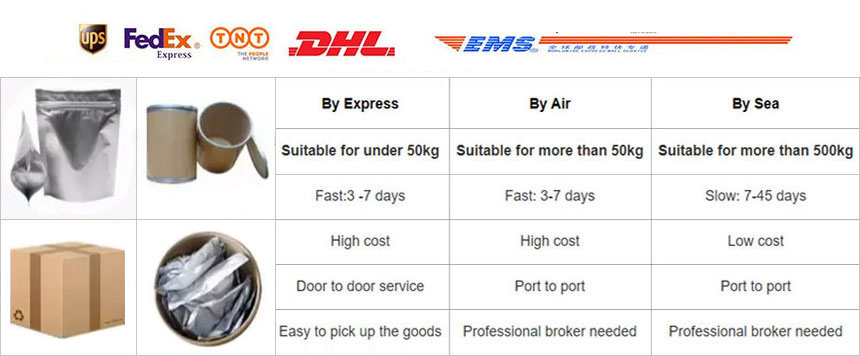
Pharmaceutical Intermediate manufacturers
©2022 Xi'an Henrikang Biotech Co., Ltd.,